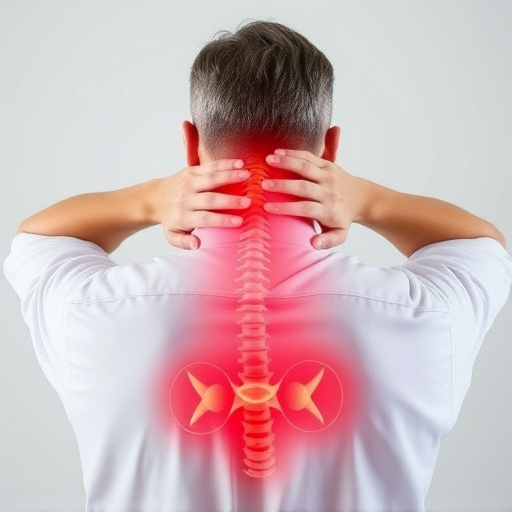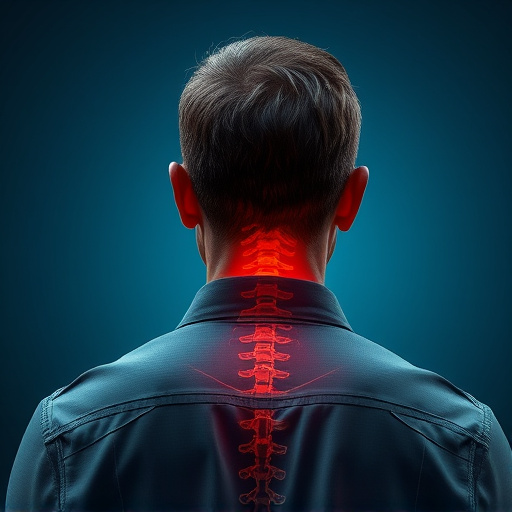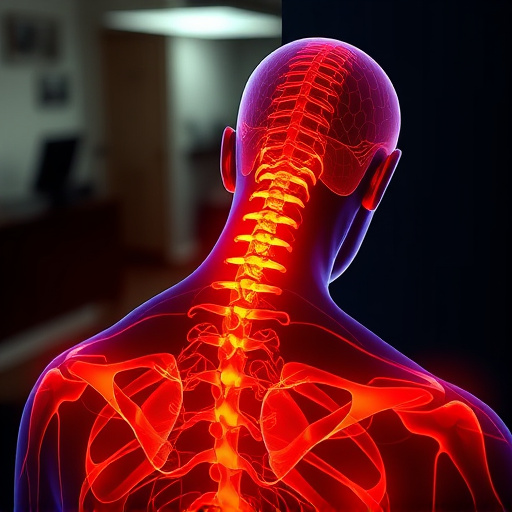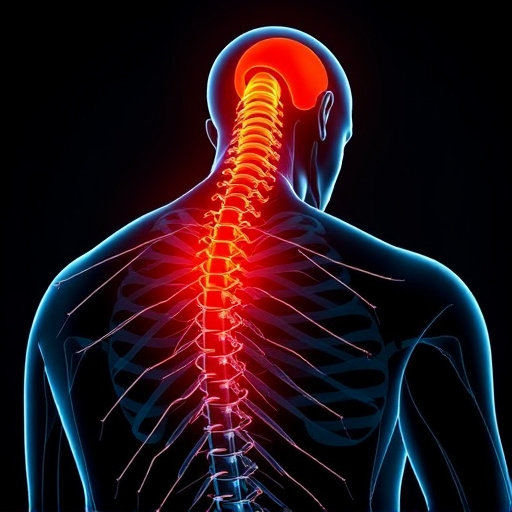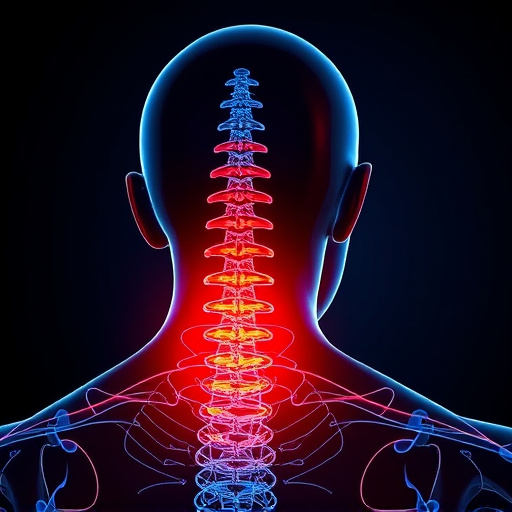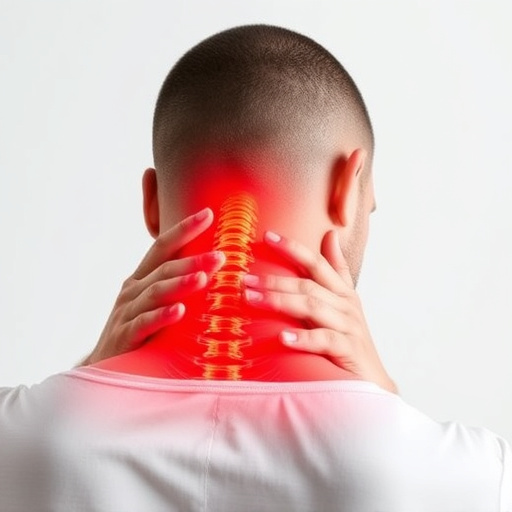Severe work-related injuries can significantly impact individuals' lives, prompting a comprehensive approach to workers compensation injury care. This involves understanding legal processes, utilizing benefits, and navigating advanced treatment options like neurostimulation and integrative medicine. Holistic practices, including mindfulness and mind-body techniques, offer pain relief and improve recovery. Long-term strategies focus on prevention through medical check-ins, therapy, healthy habits, and support networks to ensure successful outcomes for injured workers.
“Severe pain management requires advanced strategies, especially when navigating complex systems like workers’ compensation. This comprehensive guide delves into understanding the intricacies of severe pain, offering a detailed overview for healthcare professionals and patients alike. We explore effective treatment options, from traditional to integrative medicine approaches, catering to chronic pain relief. Additionally, we provide practical mind-body techniques and long-term strategies to prevent pain relapse, ensuring a holistic and supportive care journey within workers’ compensation injury care.”
- Understanding Severe Pain: A Comprehensive Overview
- Workers' Compensation and Injury Care: Navigating the System
- Advanced Treatment Options for Chronic Pain Relief
- Integrative Medicine Approaches to Manage Pain
- Mind-Body Techniques for Severe Pain Management
- Preventing Pain Relapse: Long-Term Strategies
Understanding Severe Pain: A Comprehensive Overview

Severe pain, often a result of traumatic injuries or chronic conditions, can significantly impact an individual’s quality of life. For workers’ compensation injury cases, managing this intense discomfort is crucial for a patient’s recovery and return to work. Understanding severe pain involves recognizing its complex nature; it is not solely physical but also psychological, affecting emotions and overall well-being. This multifaceted aspect demands comprehensive care that extends beyond traditional medical treatments.
Comprehensive evaluation is essential to pinpoint the root causes, which may include nerve damage, inflammation, or muscle spasm. Workers’ compensation injury care professionals should employ advanced techniques such as specialized physical therapy, nerve stimulation, and mindfulness practices to offer holistic relief. These strategies aim to desensitize pain receptors, improve mobility, and teach patients coping mechanisms, thereby enhancing their ability to manage pain effectively and enabling a smoother transition back into daily routines and work environments.
Workers' Compensation and Injury Care: Navigating the System

For individuals suffering from severe pain resulting from work-related injuries, understanding the intricacies of Workers’ Compensation and Injury Care is crucial. This system provides a framework for employees to seek medical treatment, receive financial support, and eventually return to work safely. The process involves careful navigation through complex legal and administrative procedures.
Workers’ Compensation offers a range of benefits designed to aid in recovery and rehabilitation. These include coverage for medical expenses, income replacement during the healing period, and, in some cases, permanent disability payments. However, accessing these rights requires persistence and knowledge. Injured workers are encouraged to educate themselves about their entitlements, gather comprehensive medical records, and keep detailed accounts of treatment costs and time off work. This proactive approach ensures a smoother journey through the often labyrinthine process of Workers’ Compensation injury care.
Advanced Treatment Options for Chronic Pain Relief

Advanced treatment options play a pivotal role in providing chronic pain relief for individuals with work-related injuries, as recognized by workers’ compensation programs. Beyond conventional methods, modern medical advancements offer innovative solutions tailored to complex pain management. One such approach involves neurostimulation techniques, where precise electrical impulses are used to modulate pain signals traveling to the brain, offering targeted relief for specific areas affected by injury.
Another emerging field is interventional pain management, which includes procedures like epidural injections and spinal cord stimulation. These interventions directly target pain pathways, providing lasting relief for chronic conditions often associated with work-related injuries. Such advanced treatments not only enhance quality of life but also enable individuals to return to their productive lives, aligning with the goals of workers’ compensation care.
Integrative Medicine Approaches to Manage Pain

In recent years, Integrative Medicine has emerged as a powerful tool in managing severe pain, offering alternative approaches for those seeking relief from chronic or acute injuries. This holistic approach combines conventional medical treatments with complementary therapies to create personalized care plans. For workers compensation injury cases, where pain management is a critical component of the recovery process, Integrative Medicine provides a comprehensive strategy. Techniques such as acupuncture, chiropractic care, and herbal medicine are often utilized alongside conventional treatments like medication and physical therapy.
These integrative methods focus on treating not just the symptoms but also the underlying causes of pain. Acupuncture, for instance, stimulates specific points in the body to release natural painkillers and promote healing. Chiropractic adjustments can help improve spinal alignment, reducing pressure on nerves and alleviating pain. Herbal remedies, carefully chosen based on individual needs, can provide anti-inflammatory and analgesic benefits. By integrating these alternative practices into worker’s compensation injury care, healthcare providers can enhance recovery outcomes and improve the overall well-being of injured individuals.
Mind-Body Techniques for Severe Pain Management

Mind-body techniques have emerged as powerful tools in managing severe pain, often integral to comprehensive workers’ compensation injury care. These practices harness the mind’s ability to influence physical sensations and emotional responses, offering a holistic approach to pain relief. Techniques like meditation, mindfulness, and yoga encourage individuals to focus their attention inward, promoting relaxation and disrupting the pain-perception loop.
By engaging in these activities, patients can learn to observe pain without reacting to it intensely, which is especially beneficial for managing chronic or severe injuries. Many workers’ compensation injury care programs incorporate mind-body techniques as part of their rehabilitation strategies, recognizing their potential to enhance recovery and improve overall quality of life for injured workers.
Preventing Pain Relapse: Long-Term Strategies
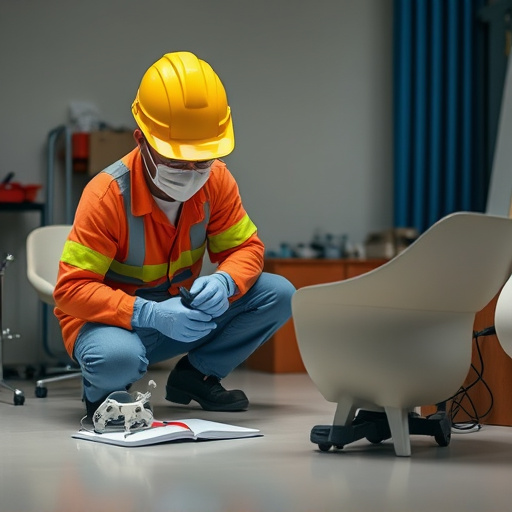
Preventing pain relapse after an initial severe injury is a multifaceted process that requires long-term commitment and strategic planning, especially in cases involving workers’ compensation injuries. Beyond immediate care, patients and healthcare providers must collaborate to develop robust strategies aimed at sustained pain management. This involves regular check-ins with medical professionals to assess pain levels and adjust treatment plans accordingly. Additionally, incorporating physical therapy, cognitive behavioral therapy (CBT), and mindfulness practices into the patient’s routine can significantly reduce the risk of pain recurrence.
Workers’ compensation injury care should not end upon return to work or when acute pain subsides. Ongoing support through specialized pain management programs ensures that individuals maintain healthy habits, such as regular exercise, proper posture, and stress reduction techniques, which are crucial in preventing exacerbations. Furthermore, building a strong support network, including family, friends, and support groups, can foster accountability and motivation, ultimately contributing to successful long-term pain prevention.









